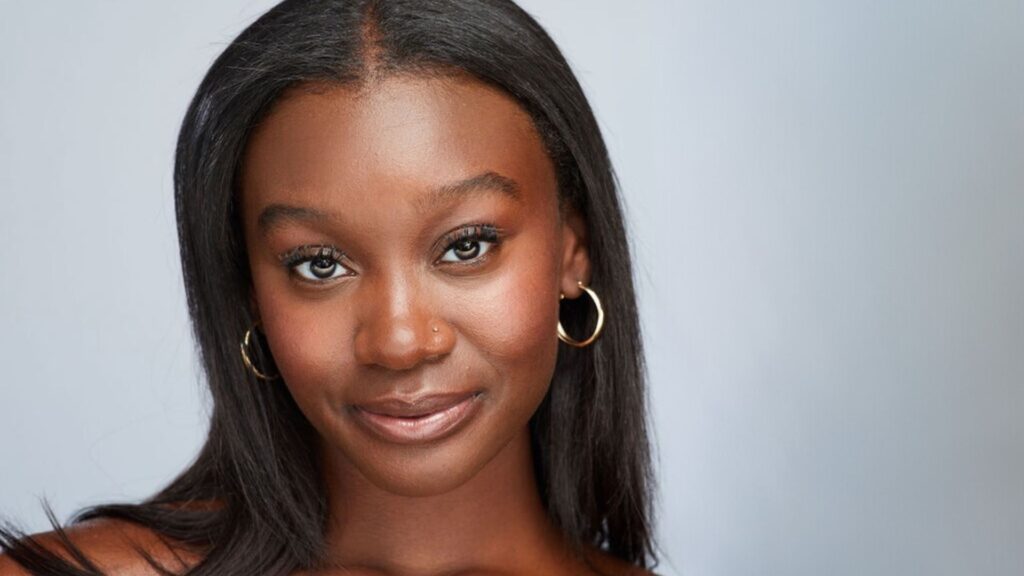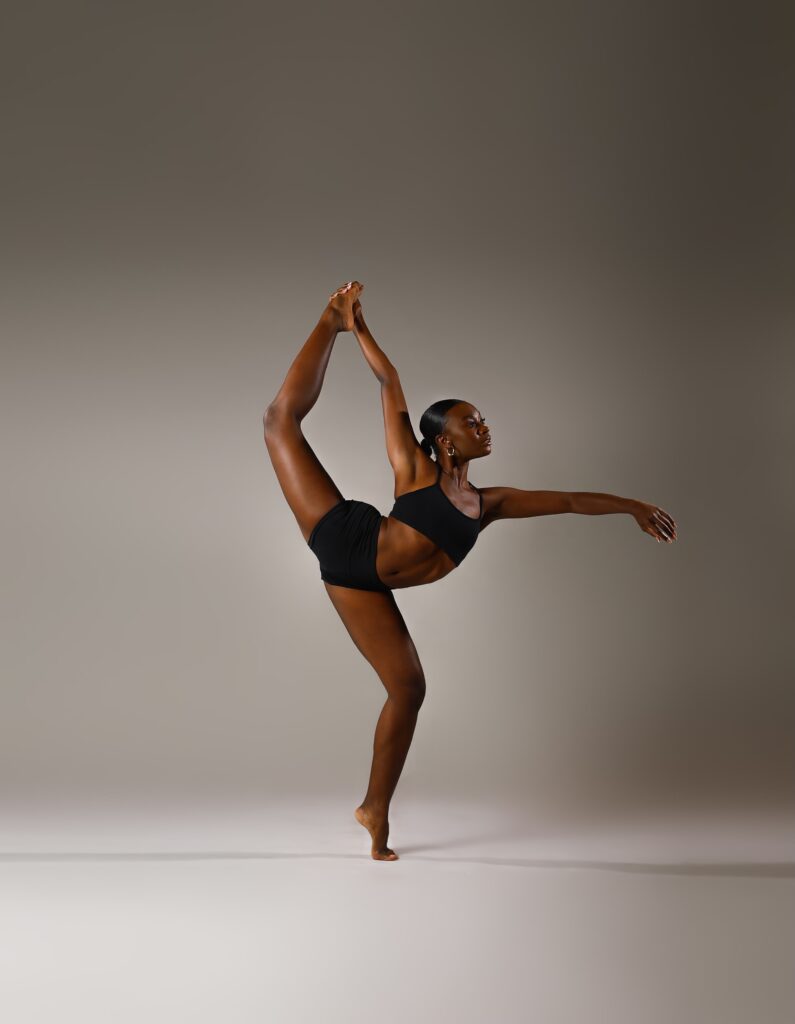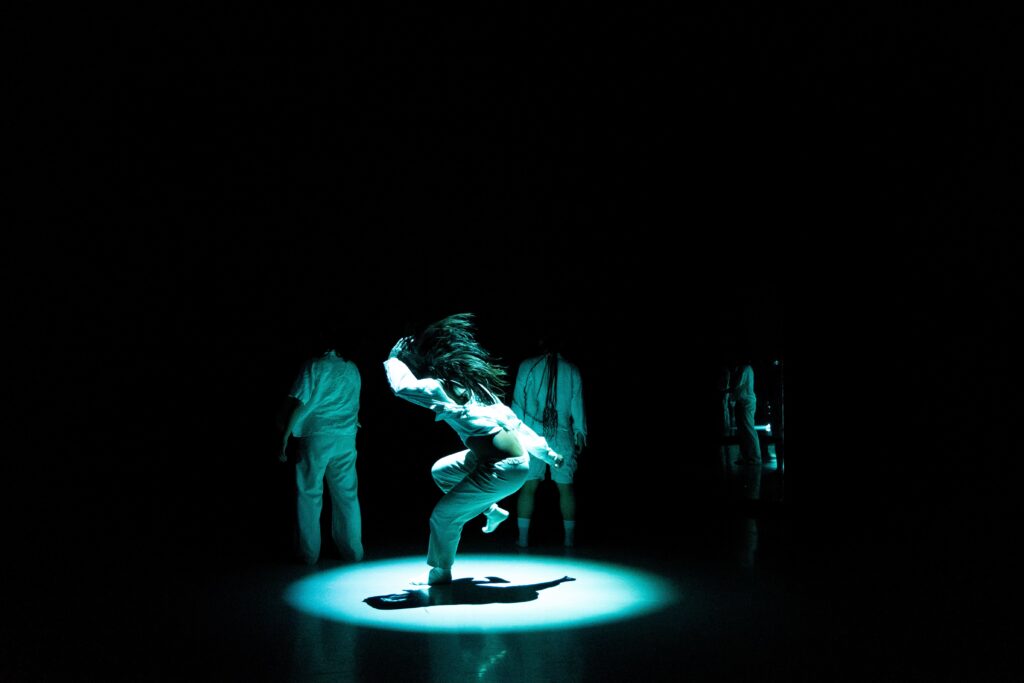Black History Month: A reflection shaped by dance, identity and empowerment
February 10, 2025

Onye Stevenson (BFA '25) | Photo by Cathryn Farnsworth
Onye Stevenson (BFA ’25) looks back on a journey of finding her voice through dance, celebrating identity and resilience along the way.
Growing up in predominantly white spaces, I constantly felt like I had to balance between two worlds — one where I was expected to fit in and the other where I could truly express myself. Dance became my way of navigating these spaces. It allowed me to process the complexities of my Black identity and my experiences as a woman, bearing witness to the many ways these two facets intersected. Through movement, I found courage to speak up for myself and express the parts of me I kept hidden.
As a Black woman in dance, I have faced multitudes of racial and gender discrimination — sometimes subtly, other times blatantly. There have been many moments when I have felt burdened by expectations that didn’t reflect who I was or how I wanted to express myself. In predominantly white dance spaces, I was often too scared to share my voice, worried it wouldn’t be accepted. For a long time, I stayed quiet — not because I had nothing to say, but because I didn’t feel empowered to say it.

Woven into a legacy
That began to change when I saw more representation in the dance world — Black dancers, Black choreographers and Black stories being told. Witnessing this representation helped me realize that my voice had value too. Black History Month holds special meaning for me. It’s a time to reflect on a legacy of resilience, strength and creativity that I am proud to be a part of. It’s a celebration not just of the contributions of Black artists in dance and beyond, but also a recognition of my journey and those who paved the way for me.
I have had the privilege of working closely with Associate Professor of Practice d. Sabela grimes, one of the most influential mentors in my life, on a research project that has deeply impacted me. Together, we are exploring the obstacles that Black women have faced in the dance world. Through this research, I have been able to merge my love for dance with my knowledge of history to examine how Black women have used dance as a form of resistance, expression and healing. This project has empowered me to understand the importance of uplifting Black voices in dance — not just for the present, but for future generations as well.

Movement as language
I am incredibly grateful to the Black professors at USC Kaufman, who have been a source of guidance and mentorship for me. They have done more than teach me technique. Instead, they have woven Black culture and history into everything we learn, ensuring that we understand the significance of the lineage we embody. Their presence has given me the confidence to embrace my identity as both a dancer and a Black woman.
Black History Month has helped me find my voice — not just in the studio but in every area of my life. Yes, it is a time of celebration and reflection, but for me, it is also a reminder of the power I hold in my voice, story and movement. Dance has taught me how to navigate the complexities of my identity, speak up when I feel silenced and honor the legacy of Black artists upon whose shoulders I stand. I am proud of the woman and dancer I am today and will continue using my platform to honor and uplift the Black community for years to come.
By Onye Stevenson (BFA ’25)